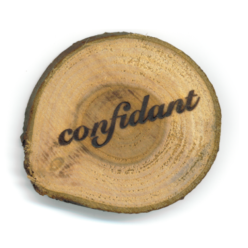I recently did a fun personal project illustrating and reciting nursery rhymes for my son with special needs, and other kids who need low-intensity entertainment.
At first glance there doesn’t seem to be much production effort involved – just a sketch book and a sharpie. Permit me to share a bit about the things unseen.
To the right of the filming area I kept the nursery rhyme book I was using. To the left was my laptop and microphone. I am sorry that I don’t have a picture at this time.
The video was filmed using a Nikon D90 digital SLR attached to a tripod, suspended over my work table. This worked nicely but was limited to filming 5 minutes at a time in the highest resolution. The other limitation was the camera’s microphone was neither high-quality nor positioned close enough to capture my voice very well.
For audio I used an AT2035 condenser microphone plugged into an M-Audio Fasttrack Pro sound capture board, which was in turn plugged into my Mac via USB. My recording software of choice was Audacity. After recording the high-quality audio, I used the Normalise and Noise Reduction filters (which were hardly needed) to make the quality top-notch.
Recording happened in a series of starts and stops. Sometimes I attempted a rhyme which did not lend itself well to drawing. Other times the camera would come to the end of its time limit and I would need to start over.
When finished recording I had a couple dozen video files from the camera, and I exported multiple MP3 files from Audacity. I imported the video and audio into iMovie and began to edit out the unwanted portions and add fade transitions between clips. I split the low-quality audio from the video track. This allowed me to see the waveform of the original audio and align them perfectly with the imported high-quality MP3 files beneath. Once that was done, I would put the audio level of the low-quality track above to zero.

I was not satisfied with the white balance of the video (it was too yellow) so I adjusted that easily using the iMovie controls.
I wanted a good quality title screen so I sped up the drawing portion of that, and spent a few minutes in GarageBand to record the jingle. After plugging into my electric piano via a USB MIDI convertor, I selected an appropriate keyboard voice from the many options. I had to start the recording in GarageBand, then switch to iMovie to start the video so I could play the jingle in time to the drawing. After doing that I exported an AIFF file and imported that into iMovie for the final cut.
iMovie has the wonderful option of publishing directly to YouTube, so I used that. It took quite a while to upload the 72-minute video but it went smoothly.
All told it was about a full day of work from start to completion. If you know of anybody who would enjoy the video, please share it with them!
